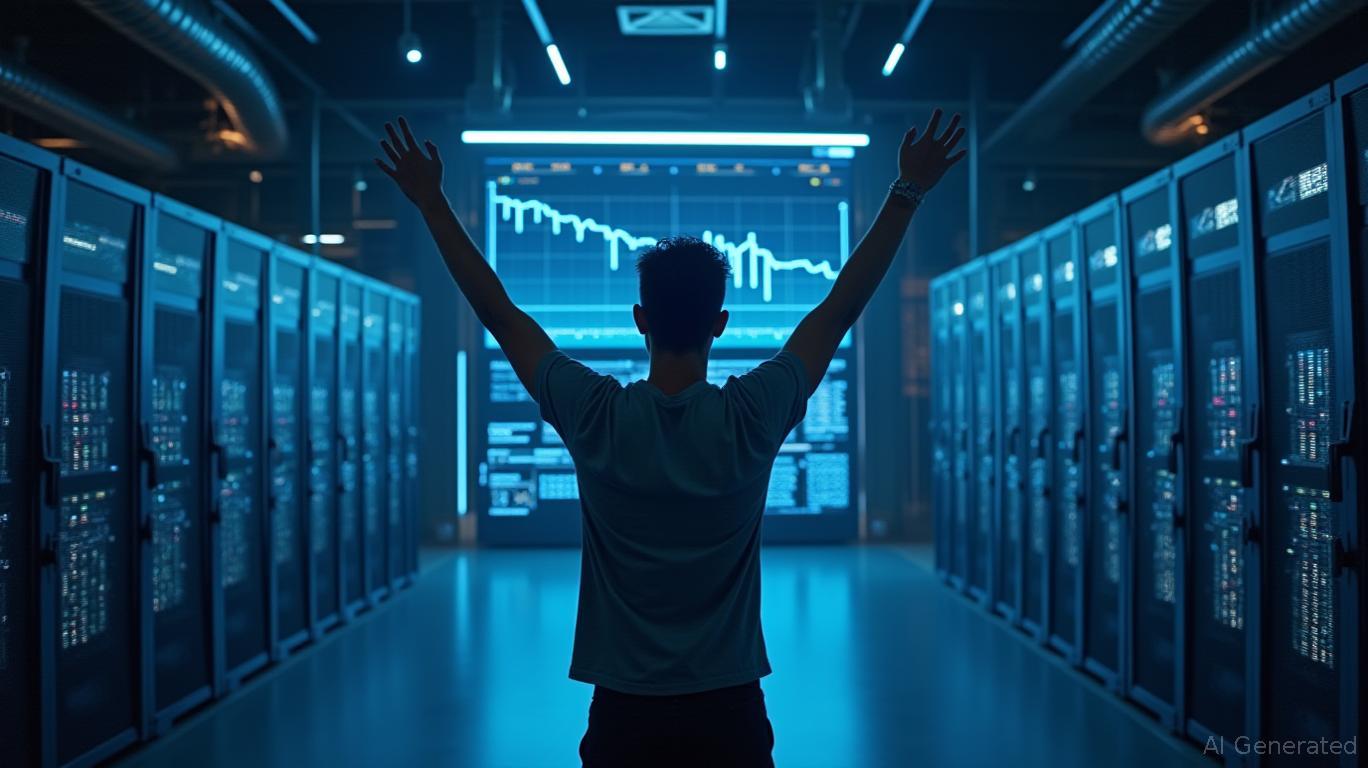Bitcoin Solaris Redefines Crypto Mining With 100,000 Transactions Per Second
Dogecoin, once a sensation in the cryptocurrency world, has seen its popularity wane as the market matures. The meme-based cryptocurrency, which gained fame through its cultural impact and temporary financial gains, is now being overshadowed by projects that offer more substance and utility. Users are increasingly shifting their focus towards projects that provide real value, sustainability, and practical applications.
As the market evolves, a new player has emerged, not through hype but through innovation. Bitcoin
(BTC-S) is redefining the cryptocurrency landscape with its groundbreaking approach to mining, rewards, and scalability. Unlike Dogecoin, which has limited utility and no significant innovation in mining, Bitcoin Solaris is designed to address the flaws of Bitcoin while retaining its best features. This includes introducing mobile mining, making it accessible to anyone, anywhere, without the need for advanced setups or high energy costs.Bitcoin Solaris operates on a dual-layer blockchain system. The base layer uses Proof-of-Work (PoW) for security, while the Solaris Layer employs Delegated Proof-of-Stake (DPoS) for speed and scalability. This hybrid model allows for a throughput of up to 100,000 transactions per second with 2-second finality, making it suitable for real-world applications such as DeFi, gaming, IoT, and enterprise solutions. The upcoming Solaris Nova App will enable users to mine BTC-S from their smartphones, laptops, or browsers with just one click, optimizing energy and performance automatically. The app will feature biometric login, in-app wallet storage, and gamified rewards, making mining accessible and engaging for everyone.
The technical foundation of Bitcoin Solaris is built on a hybrid consensus model and a fair reward system. The PoW base layer ensures decentralization and security, while the DPoS Solaris Layer enables high-speed smart contract execution and scalable app deployment. Validators rotate every 24 hours and face penalties for poor performance, ensuring the network's integrity. The reward system distributes 40% to miners, 25% to validators, 20% to long-term BTC-S stakers, 10% for protocol development, and 5% for community initiatives. This system rewards real participation, factoring in device type, time held, and network contribution to calculate earnings.
Bitcoin Solaris has gained recognition and trust within the industry. The platform has been audited by Cyberscope and Freshcoins, ensuring top-tier security standards. It maintains public dashboards and open-source metrics, providing complete transparency over its ecosystem's performance and evolution. Influencers and crypto analysts have also taken notice, with Crypto Legends highlighting BTC-S as the foundation for a next-gen blockchain ecosystem.
With only weeks left in its presale, Bitcoin Solaris has already attracted over 11,000 users. The current price is $5, with the next phase jumping to $6. The project aims to increase from $1 to $20 in just three months, with over $1.8M already raised. This rapid growth and short presale period indicate strong market faith in BTC-S. Once the presale ends, prices are expected to rise, closing the early-mover window.
In 2025, the focus in the cryptocurrency world is shifting from speculation to building real infrastructure. While Dogecoin's news fades and debates continue, Bitcoin Solaris is launching tools, delivering mining to millions, and creating a chain with real-world potential. For those serious about crypto in 2025, Bitcoin Solaris is not just a project to watch but one to join. The opportunity to redefine mobile mining is here, and it's time to get involved with Bitcoin Solaris.


Comments
No comments yet